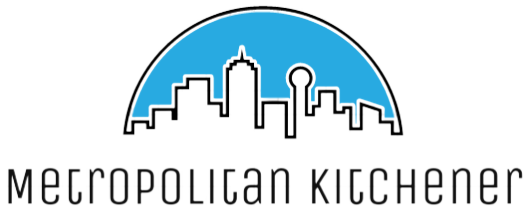Improving Spanish pronunciation is a must for effective communication and language fluency. Here’s helpful tips for learners on how best to improve your Spanish pronunciation using various resources and techniques. Firstly, utilize audio Spanish lessons from reputable platforms like Duolingo or Babbel. These good Spanish learning websites offer interactive audio exercises that focus on correct pronunciation. Listen carefully to native speakers and practice repeating after them to mimic their intonation and accent. Consistent practice with spanish audio lessons helps train your ear and tongue muscles, improving your current pronunciation skills. Additionally, consider using Spanish language audio lessons created specifically to target pronunciation. Websites like Pimsleur and Rocket Languages offer comprehensive spanish audio lessons that emphasize clear articulation and correct stress patterns. Look closely at the nuances of Spanish sounds, such as for example rolled Rs and vowel variations, and practice them repeatedly until they become natural. If you are looking for more information on audio lessons spanish, view the above site.
Self-study may also be effective in improving pronunciation. Use self-learn Spanish resources like pronunciation guides and phonetic charts to know the proper sounds of Spanish letters and combinations. Concentrate on mastering difficult sounds, such as the trilled R or the soft J, by practicing them in isolation and then integrating them into words and sentences. Additionally, consider using online pronunciation tools and apps that offer instant feedback in your pronunciation accuracy. These tools often use speech recognition technology to analyze your speech and offer suggestions for improvement, making them valuable resources for refining your Spanish pronunciation skills. Another useful tip would be to record yourself speaking Spanish and compare it to native speakers. Identify areas where your pronunciation differs and work on correcting them. Apps like Speechling provide feedback on your pronunciation and offer personalized exercises to focus on specific regions of improvement. Participate in conversational Spanish lessons online to rehearse addressing native speakers. Platforms like italki and HelloTalk connect learners with language partners for conversational practice.
Regular conversations help you apply correct pronunciation in real-life situations and receive immediate feedback from native speakers. Lastly, seek feedback and guidance from experienced Spanish speakers or language tutors. Join language exchange groups or enroll in cheap Spanish lessons online offering personalized feedback on pronunciation. Having a mentor or tutor can greatly accelerate your progress and ensure that you’re on the best track together with your pronunciation goals. In conclusion, improving Spanish pronunciation requires consistent practice, targeted exercises, and exposure to native speakers. Utilize audio Spanish lessons and Spanish language audio lessons from good Spanish learning websites to teach your ear and tongue muscles. Incorporate self-study resources and tools like phonetic charts to know and master Spanish sounds. Practice speaking with native speakers through conversational Spanish lessons online and seek feedback from experienced mentors or tutors. With dedication and the proper techniques, you are able to significantly enhance your Spanish pronunciation and turn into a well informed speaker.



